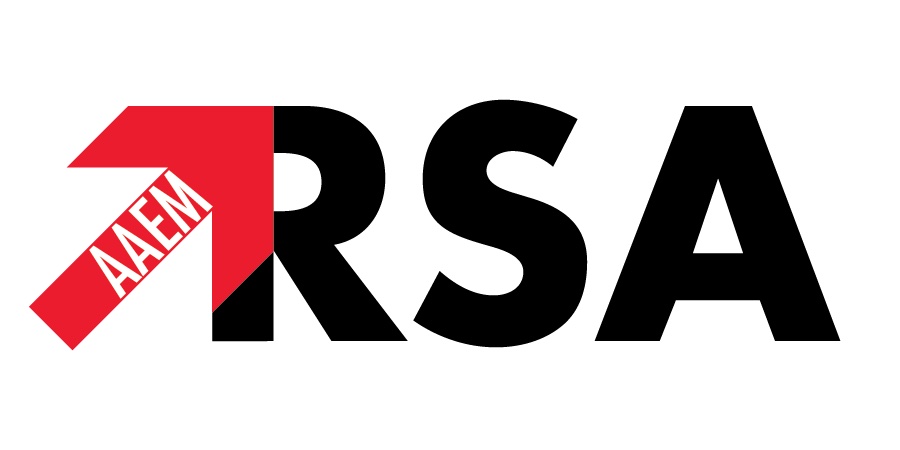 |
| Image Credit: Wikimedia Commons |
Author: Jenna Erickson, MD
Phoenix Children’s Hospital/Maricopa Medical Center
Originally Published: Modern Resident August/September 2015
In a pediatric trauma, one of the initial treatment steps is determination of a child’s “color.” This is referencing the Broselow Pediatric Emergency Tape, an old but widely accepted method of estimating a child’s weight based on length. Pediatric drug dosing is based on weight, therefore a fast, efficient way to calculate dosing is essential to reduce medical error and optimize patient outcomes. The Broselow Tape is a color-coded tape measurer consisting of nine color zones that group together pediatric medication doses and equipment sizes. When a child first arrives in a trauma bay he is measured with the tape from crown to heel. The color that is reached by the child’s heel indicates a weight estimate; this color is then used for a quick reference sheet of pre-calculated medication doses, voltages and equipment sizes. Resuscitation carts with color-coded drawers further simplify the process of selecting the correct supplies for pediatric patients, thus expediting treatment and minimizing error.
How did this method come to fruition, and why are we still using it? In the late 1970s the first study correlating weight to length was published, and this data was then used to develop the Broselow Tape in 1985. Using 50th percentiles of weight for age, this method aims to predict the ideal body mass of children depending on their length. Although not without flaws, the Broselow Tape has been shown to determine medication doses and equipment that closely match doses calculated using actual weight. A 2012 review article published in the Journal of Pediatric Nursing compared 24 peer-reviewed articles analyzing the accuracy of this method. This review addressed many of the criticisms of the tape, including the inaccuracy of weight estimation in obese patients. However, the authors identified that in the setting of an acute trauma, excess adipose tissue plays little role in the efficacy of the drugs listed on the Broselow Tape. Furthermore, in most cases obesity does not play a role in selecting the proper equipment size. When the Broselow Tape was used as directed for children under 12 years of age and less than 80 pounds, this method estimated weight within 10% for nearly two-thirds of the patients tested.
There have been recent adaptations and numerous equations created aiming to increase accuracy of weight estimation in pediatric emergencies. However, in an acute trauma setting the simplicity of the Broselow Pediatric Emergency Tape and color-coded cart has allowed this method to remain a standard weight estimation tool. With its ease of use and relative accuracy, the Broselow Tape helps reduce medical error and facilitates swift resuscitation for the pediatric population.
References:
1. Heyming. T, Bosson N, Kurobe A, Kaji AH, and Gausche-Hill M. (2012) Accuracy of paramedic Broselow tape use in the prehospital setting. Prehosp Emerg Care, 16(3), 374-80.
2. Luten RC, Zaritsky A, Wears R, and Broselow J. (2007). The use of the Broselow Tape in pediatric resuscitation. Academic Emergency Medicine, 14, 500–501.
3. Meguerdichian MJ, and Clapper TC. (2012) The Broselow Tape as an effective medication dosing instrument: A review of the literature. Journal of Pediatric Nursing, 27, 416–420.
